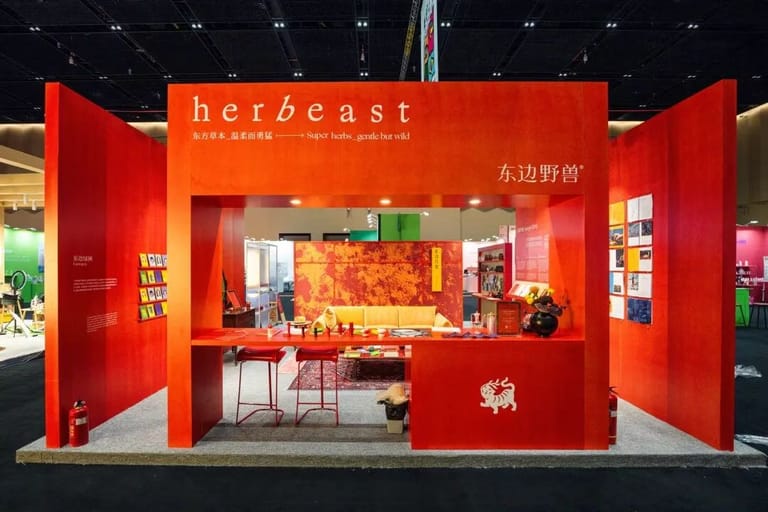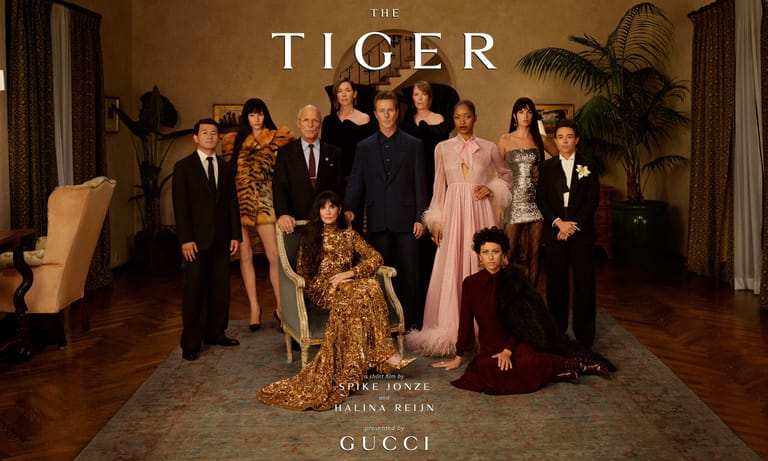The Rise of Senior Beauty in China
By
Huiyan Chen
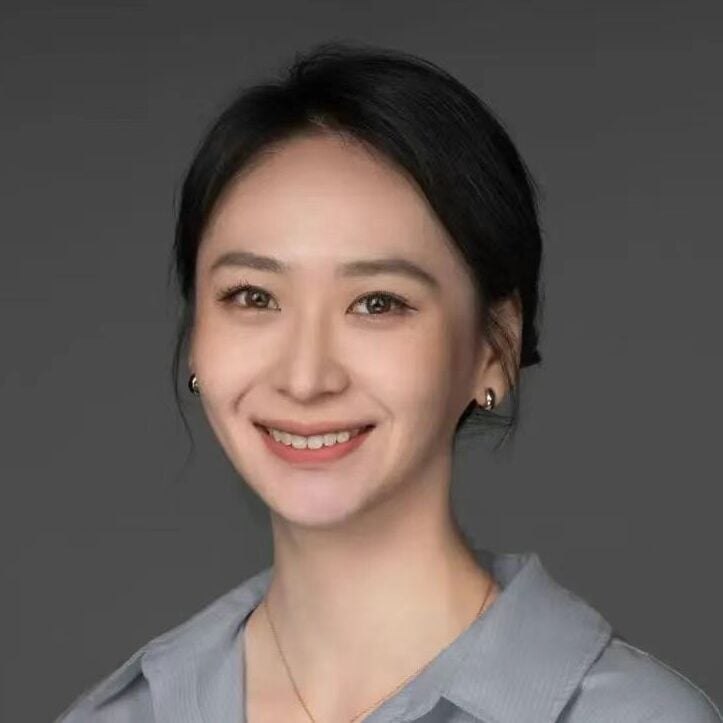
Published on
June 12, 2025
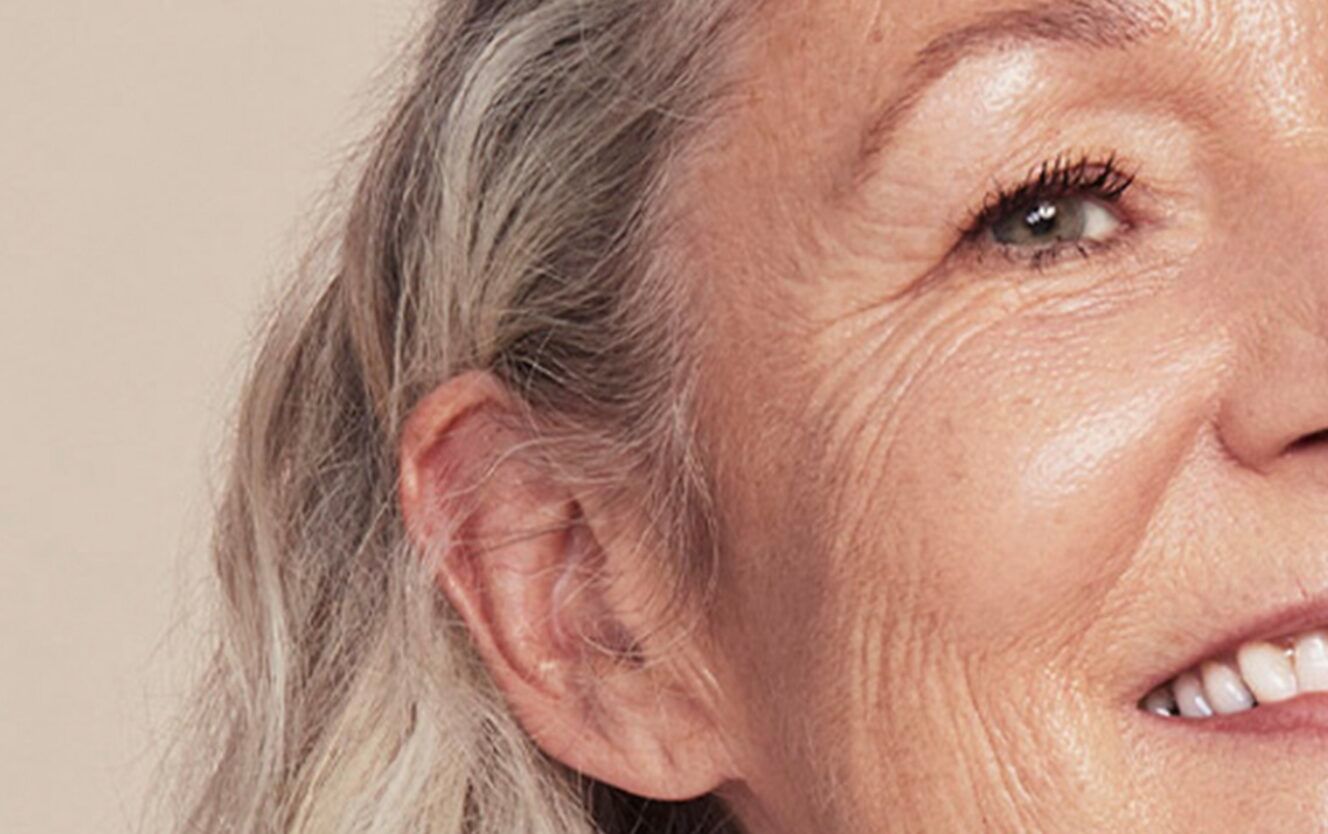
China’s shifting demographics are quietly redrawing the contours of its beauty industry.
According to Frost & Sullivan’s 2024 report on China’s “silver economy,” the country’s population aged 60 and over reached 310 million by the end of 2023,Senior Beauty in China accounting for 22 percent of the national total. Among them, over 220 million are 65 and older—a number projected to surpass 400 million by 2035. As Kantar China General Manager Zhang Lin recently noted, this group has now outgrown the Gen Z population (estimated at 260 million), making them the most reliable growth engine within China’s population landscape.
But this isn’t just a story about aging. It’s a structural shift that is actively reshaping the distribution of consumer power. No longer content with being passive recipients of care, China’s senior consumers are becoming vocal, discerning, and expressive. Their interests and desires haven’t faded with age instead, they’re being reawakened in today’s digital-first world.
Driving this transformation is their deepening engagement with the internet. Data from QuestMobile shows that by the end of 2023, China’s elderly internet users had reached 329 million monthly actives, with an average monthly screen time of 129 hours. Short video platforms accounted for the bulk of this attention.
This normalization of digital behavior, combined with adaptability and strong content engagement, is paving the way for older consumers to enter more niche and specialized consumption sectors, including beauty, a space once seen as out of reach. On Douyin, searches related to senior skincare have surged over the past year. On RedNote, the number of content creators aged 50 and above has doubled year over year. In effect, seniors are building their own content ecosystems—spaces where they research, evaluate, and ultimately make informed beauty purchases.
And those shifts are showing up in real sales data. According to a recent report from UserTalk, in April 2024, Alibaba platforms recorded $6.1 billion (44.1 billion RMB) in GMV from beauty and beauty device products related to the silver economy, up 14.41 percent year on year. Skincare was the top-performing category, with 28.9 billion RMB in GMV, accounting for more than 65 percent of the total. Meanwhile, Douyin reported a 1,550 percent increase in searches related to senior skincare between January 2023 and January 2024—highlighting the sharp rise in both content interest and product demand among older users.
/Senior Beauty in China/
On the policy front, the Chinese government is also taking steps to accelerate this market’s development. A new national policy, issued in early 2024, listed “senior-friendly daily goods” and “cosmetics ingredient and formula R&D” as priority areas for support. Local governments in Guangdong, Yunnan, and Guangzhou have followed suit, rolling out their own ten-point silver economy initiatives. These include calls to develop anti-aging beauty sectors and launch dedicated beauty programs for older adults—placing beauty firmly within the economic vision for China’s aging population.
This marks a meaningful departure from the traditional framing of the silver economy, which has largely centered around healthcare, elder care, and medical services. Today’s seniors are imagining and living more diverse, self-directed lives. They have time, savings, and stable consumption rhythms. They’re informed and pragmatic, studying ingredient labels on content platforms and gravitating toward higher-end products that directly address their needs.
For the beauty industry, the question now is not whether to address this demographic, but how. Brands must rethink product logic and marketing language, grounding them in the lived realities and aspirations of older Chinese consumers.
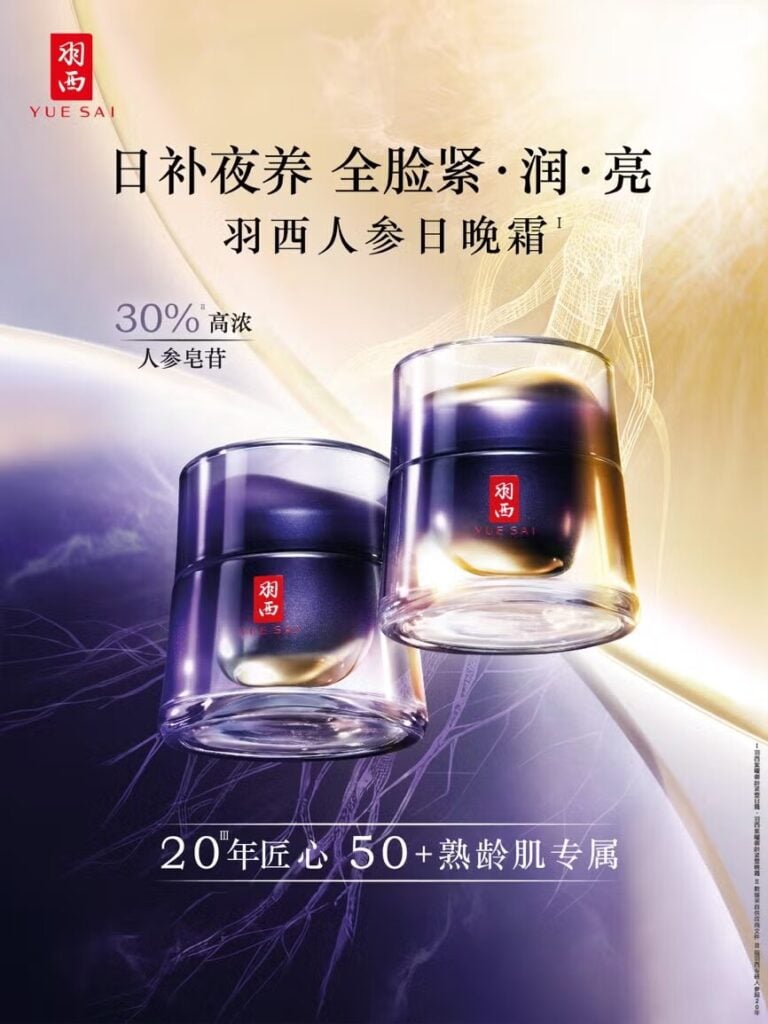
As this segment gains momentum, so do the questions surrounding its full potential. With festivals and emotionally resonant gifting moments on the rise, could older adults become central players in gift-driven consumption? What kind of storytelling will resonate with them? How should domestic beauty brands approach this still-forming market—and what would it mean to truly center the lives and needs of China’s aging population?
The silver economy is hardly a new concept. But for China’s beauty industry, it may be one that’s only now being taken seriously.
Stay Connected Through Our Weekly Newsletter



